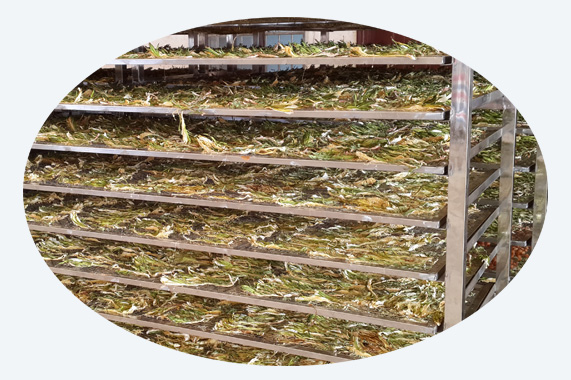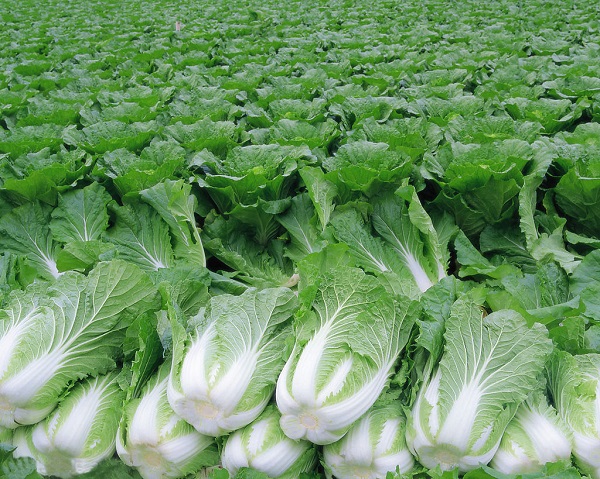Drytech heat pump dryers use for drying Chinese cabbage (Drying vegetable)
Chinese cabbage (Brassica rapa, subspecies pekinensis and chinensis) can refer to two distinct varieties of Chinese leaf vegetables often used in Chinese cuisine: Pekinensis (napa cabbage) and Chinensis (bok choy).These vegetables are both variant cultivars or subspecies of the turnip and belong to the same genus as such Western staples as cabbage, broccoli, and cauliflower. Both have many variations in name, spelling, and scientific classification, especially the bok choy (B. rapa chinensis) variety.
The Chinese Babbage History
The Chinese cabbage was principally grown in the Yangtze River Delta region, but the Ming Dynasty naturalist Li Shizhen popularized it by bringing attention to its medicinal qualities. The variant cultivated in Zhejiang around the 14th century was brought north and the northern harvest of napa cabbage soon exceeded the southern one. These were then exported back south along the Grand Canal to Hangzhou and traded by sea as far south as Guangdong.Napa cabbage became a Manchurian staple for making suan cai(酸菜), Chinese sauerkraut. In Korea, this developed into kimchi. Napa cabbage then spread to Japan through its invasion of Manchuria during the Russo-Japanese War in the early 20th century.Chinese cabbage is now commonly found in markets throughout the world, catering both to the Chinese diaspora and to northern markets who appreciate its resistance to cold.
Chinese cabbage (Brassica rapa, subspecies pekinensis and chinensis) can refer to two distinct varieties of Chinese leaf vegetables often used in Chinese cuisine: Pekinensis (napa cabbage) and Chinensis (bok choy).These vegetables are both variant cultivars or subspecies of the turnip and belong to the same genus as such Western staples as cabbage, broccoli, and cauliflower. Both have many variations in name, spelling, and scientific classification, especially the bok choy (B. rapa chinensis) variety.
The Chinese Babbage History
The Chinese cabbage was principally grown in the Yangtze River Delta region, but the Ming Dynasty naturalist Li Shizhen popularized it by bringing attention to its medicinal qualities. The variant cultivated in Zhejiang around the 14th century was brought north and the northern harvest of napa cabbage soon exceeded the southern one. These were then exported back south along the Grand Canal to Hangzhou and traded by sea as far south as Guangdong.Napa cabbage became a Manchurian staple for making suan cai(酸菜), Chinese sauerkraut. In Korea, this developed into kimchi. Napa cabbage then spread to Japan through its invasion of Manchuria during the Russo-Japanese War in the early 20th century.Chinese cabbage is now commonly found in markets throughout the world, catering both to the Chinese diaspora and to northern markets who appreciate its resistance to cold.
 Call Us:
Call Us:  E-mail:
E-mail: 



 Address: Guangzhou City, Guangdong Province,P.R.China
Address: Guangzhou City, Guangdong Province,P.R.China
 TEL: +86-159-8924-9151/Whatsapp
TEL: +86-159-8924-9151/Whatsapp
 E-mail:
E-mail: